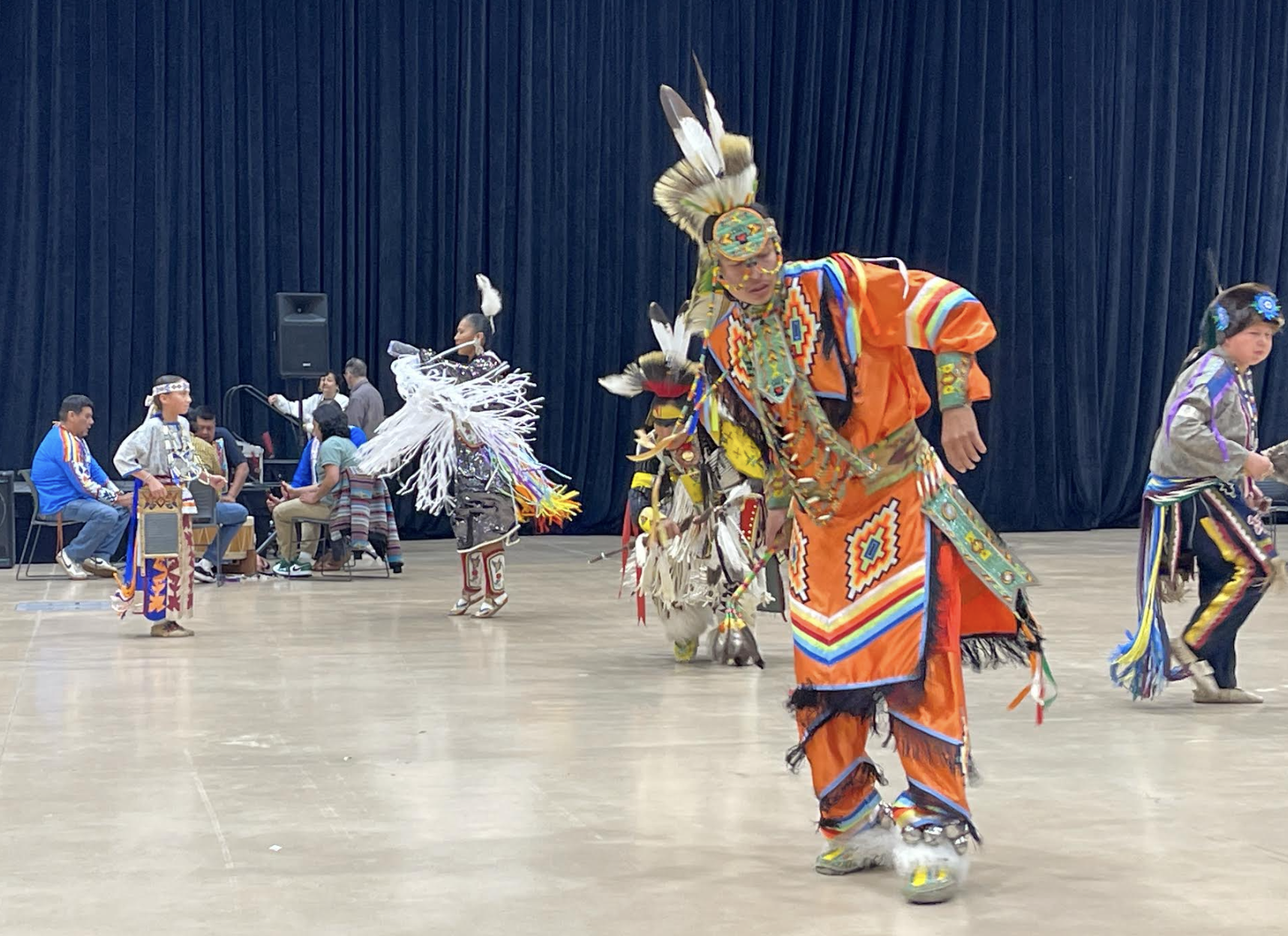
- Details
- By Kaili Berg
LA CROSSE, Wisc. — On Monday, October 14, 2024, the City of La Crosse hosted its annual Indigenous Peoples’ Day celebration in partnership with the Ho-Chunk Nation, marking a day of cultural appreciation, education, and community engagement.
Held at the La Crosse Center and Riverside Park, the event featured a wide range of activities, performances, and educational opportunities, all designed to celebrate the history, traditions, and contributions of Indigenous peoples, especially the Ho-Chunk Nation.
Indigenous Peoples' Day is a crucial observance that replaces Columbus Day in many areas to honor the true history of Indigenous peoples and acknowledge the impact of colonization. This day encourages people to reflect on Indigenous resilience, contributions to society, and the ongoing struggles for sovereignty and cultural preservation.
The day began with a lacrosse tournament, a sport deeply rooted in Indigenous tradition, at Riverside Park. Following the tournament registration, the day’s educational programming kicked off at the La Crosse Public Library, where Dr. Ariel Beaujot presented A Story of Resistance to Colonization in the City We Now Call La Crosse.
A ceremonial flag raising and proclamation at Pearl Street Walkway further signified the importance of the day, followed by a welcoming address by Jon Greendeer, Ho-Chunk Nation President, at the La Crosse Center.
Throughout the day, attendees enjoyed various performances, including the Hoocąk Exhibition Dancing and the Majestic Monarch dance team, which brought traditional music and dance to life in South Hall.
Notably, performances by Sampson Funmaker (flute solo) and Irene Keenan Jr. highlighted the depth of Indigenous talent in the arts. The event also featured short educational talks by Josie Lee, Director of the Ho-Chunk Museum & Cultural Center, who discussed the importance of cultural preservation and education.
In addition to performances, the event included several educational components. A native plants and trees identification walk, led by Dr. Alysa Rembsurg, offered a hands-on learning experience about the local flora and their importance in Indigenous culture.
Guests were also invited to explore information booths and listen to readings by Indigenous authors such as Corey Rae White and Irene Keenan Jr., who read from their respective works. The celebration concluded with a performance by Irene Keenan Jr.
By celebrating the traditions, history, and contributions of Indigenous peoples, the event promoted greater understanding and respect in the community. As La Crosse continues to observe Indigenous Peoples' Day, it sets an example for fostering unity and recognizing the vital role of Indigenous cultures in shaping the future.
More Stories Like This
Native News Weekly (August 25, 2024): D.C. BriefsUS Presidents in Their Own Words Concerning American Indians
Indigenous Actor Elaine Miles Reports Detention by Alleged ICE Agents
Happy Thanksgiving from Native News Online
Coming Up on Native Bidaské: Behind the Animation: Joey Clift Talks “Pow” and Native Storytelling
Help us tell the stories that could save Native languages and food traditions
At a critical moment for Indian Country, Native News Online is embarking on our most ambitious reporting project yet: "Cultivating Culture," a three-year investigation into two forces shaping Native community survival—food sovereignty and language revitalization.
The devastating impact of COVID-19 accelerated the loss of Native elders and with them, irreplaceable cultural knowledge. Yet across tribal communities, innovative leaders are fighting back, reclaiming traditional food systems and breathing new life into Native languages. These aren't just cultural preservation efforts—they're powerful pathways to community health, healing, and resilience.
Our dedicated reporting team will spend three years documenting these stories through on-the-ground reporting in 18 tribal communities, producing over 200 in-depth stories, 18 podcast episodes, and multimedia content that amplifies Indigenous voices. We'll show policymakers, funders, and allies how cultural restoration directly impacts physical and mental wellness while celebrating successful models of sovereignty and self-determination.
This isn't corporate media parachuting into Indian Country for a quick story. This is sustained, relationship-based journalism by Native reporters who understand these communities. It's "Warrior Journalism"—fearless reporting that serves the 5.5 million readers who depend on us for news that mainstream media often ignores.
We need your help right now. While we've secured partial funding, we're still $450,000 short of our three-year budget. Our immediate goal is $25,000 this month to keep this critical work moving forward—funding reporter salaries, travel to remote communities, photography, and the deep reporting these stories deserve.
Every dollar directly supports Indigenous journalists telling Indigenous stories. Whether it's $5 or $50, your contribution ensures these vital narratives of resilience, innovation, and hope don't disappear into silence.
 The stakes couldn't be higher. Native languages are being lost at an alarming rate. Food insecurity plagues many tribal communities. But solutions are emerging, and these stories need to be told.
The stakes couldn't be higher. Native languages are being lost at an alarming rate. Food insecurity plagues many tribal communities. But solutions are emerging, and these stories need to be told.
Support independent Native journalism. Fund the stories that matter.
Levi Rickert (Potawatomi), Editor & Publisher

